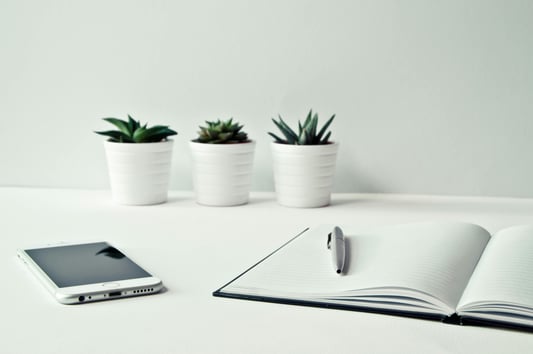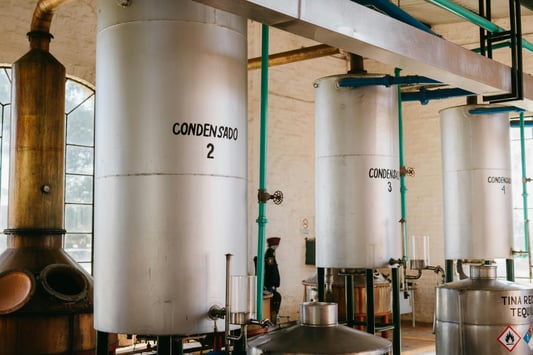Introductionhome and office stationery inspection is a practice often overlooked by people, but it is crucial for ensuring safety and efficiency. Stationery includes all the items used every day like pens, pencils, notebooks, staplers, scissors, and more. It is important to inspect these items regularly to ensure that they are functioning as intended and do not pose any hazards. In this article, we will explore ten different prospects of home and office stationery inspection.1. EfficiencyInspecting stationery items regularly promotes efficiency. Malfunctioning items can cause delays in work or even lead to mistakes. If a pen’s ink runs out in the middle of important paperwork, it can cause unnecessary delays when you need to find a new pen. Hence, checking the supply of stationery items regularly helps in smooth workflow without any interruptions.2. Preventing AccidentsStationery inspections can significantly reduce the chances of accidents. Sharp or broken pencils can cause injury while writing or sharpening. Scissors with dull blades are also dangerous and can increase the risk of injuries. By inspecting these things, we can identify and remove all the unsafe and damaged items before any accident happens.3. Cost-savingRegular stationery inspections can help individuals and businesses save a lot of money. If a single defective item is overlooked, it can cause other items to malfunction, leading to more costs in the long run. It is also important to check the stock of items and avoid over-ordering which can cause unnecessary expenses.4. HygieneStationery items are shared in offices and homes among different people, leading to the possible transfer of germs and viruses. Hence, it is necessary to sanitize the items often and eliminate the possibility of spreading germs among individuals. Inspecting them regularly can ensure all the items are cleaned and sanitized, promoting good hygiene and health.5. ProfessionalismA cleanly maintained set of stationery items promotes professionalism. When clients or guests visit your office or home, they will notice the tidy and organized stationery items on your desk. This shows you care about your work and create a professional and competent image.6. Environmental responsibilityInspecting the stationery items regularly helps in identifying the items that are not required and unnecessary. It helps in saving stationery items from being disposed of in landfills, where they take a long time to decompose and cause environmental problems.7. Durability and LongevityStationery inspection includes checking the quality of each item to ensure its durability and longevity. With proper maintenance, stationery items can last for a long time and help save the replacement costs. Examining them can also help identify the items that are not of good quality and immediately replace them before any problem occurs.8. Improved OrganizationBy conducting regular stationery inspections, it allows efficient organization of all the items. When all the items are within reach and well-organized, it makes work easier and faster. This saves time and boosts productivity in the long run.9. Maintaining Client RelationsRegular stationery inspection also helps in maintaining the client relationship. An adequate supply of stationery items eliminates the possibility of running out of items while interacting with the client. It showcases professionalism and can help make a good impression with the clients.10. CustomizationStationery inspection allows us to identify the necessary items required and also helps in creating custom-designed items. Customized stationery can help in creating an identity for the business and make it stand out from others. By conducting regular inspections, it becomes easier to identify the necessary items and create customized items accordingly.home and office stationery inspection, inspecting stationery items, preventing accidents, cost-saving, hygiene, professionalism, environmental responsibility, durability and longevity, improved organization, maintaining client relations, customizationWhy Home and Office Stationery Inspection is Important?Ensure safety and efficiency by inspecting stationery items regularly at home and office. Get tips for home and office stationery inspection in this article.Quote InquiryContact us!










